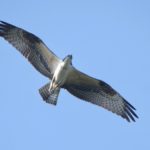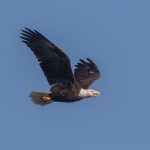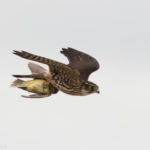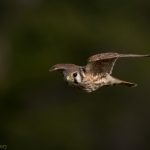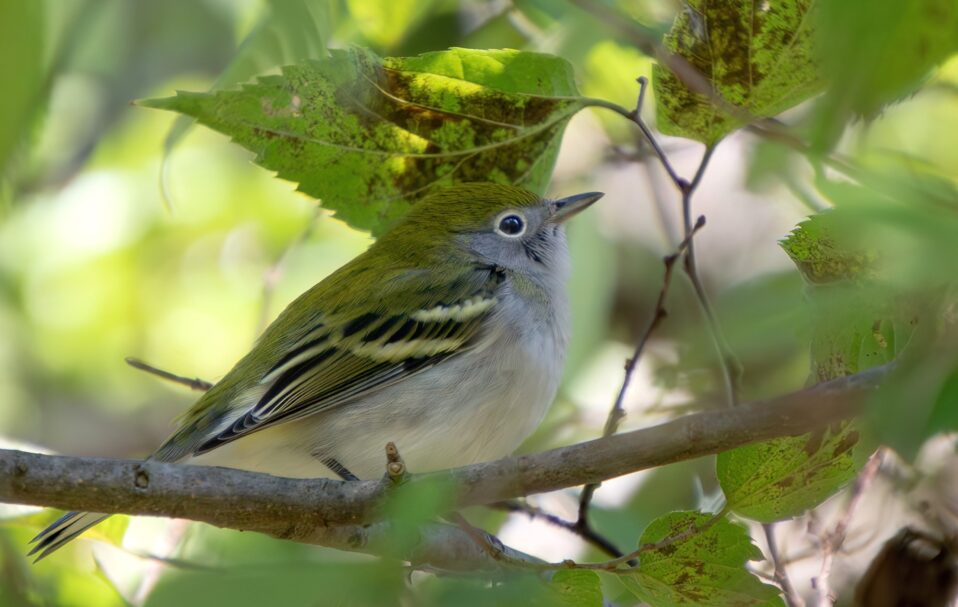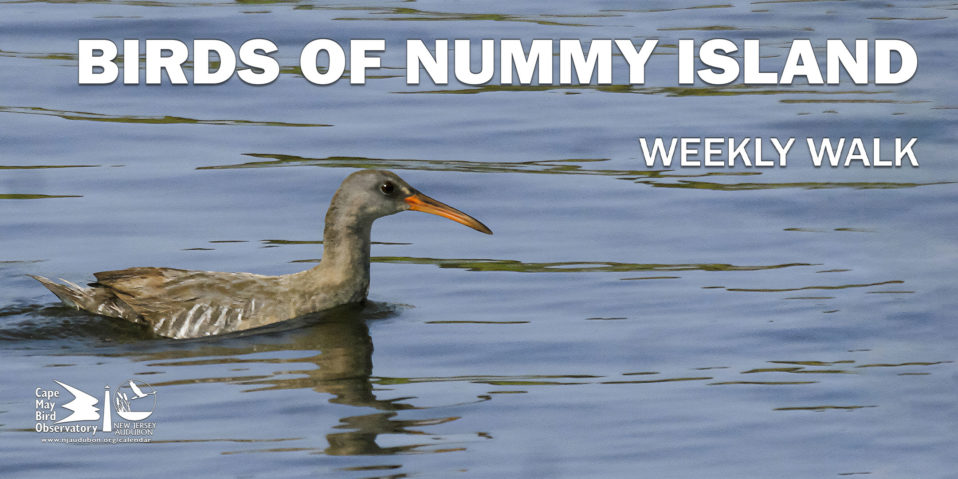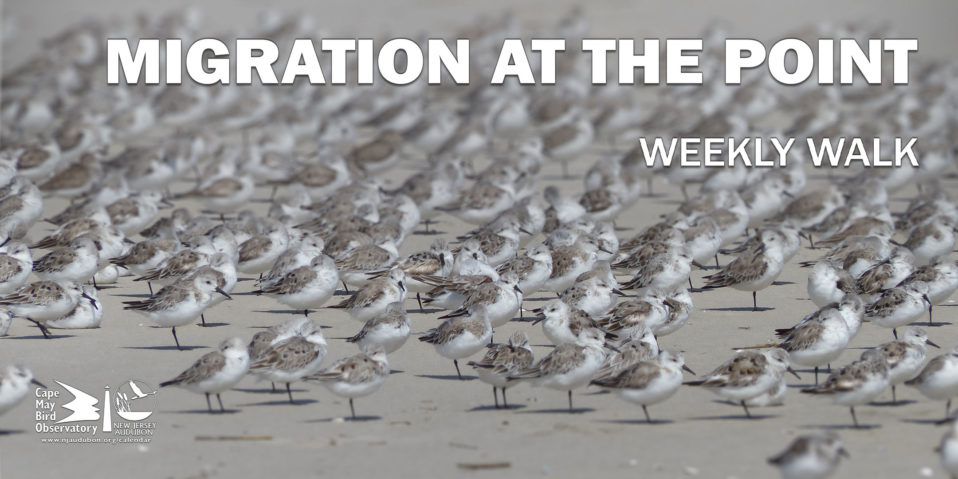Hey everyone! My name is Aidan Place and I am the new Hawkwatch Counter here at Cape May. I’m extremely excited to be spending the season here and am looking forward to sharing my experiences through this blog. As always, we thank Swarovski Optik for their continued and generous support of the hawkwatch, as well as Cape May Point State Park for their continued partnership.
My first week up on the hawkwatch was excellent. While there were some lows related to the unrelenting heat and humidity, the highs more than made up for it. In addition to early season pushes of Osprey and American Kestrel, there was a rare sighting on the fourth day of the count: a Swallow-tailed Kite. This species is typically found in the Southeastern states and is a “regular” rarity in Cape May, although largely in the spring. This has been a good summer for vagrant Swallow-tailed Kites in the north with records from a number of states including multiple individuals in Pennsylvania, Michigan, and New York. Our bird was seen on a day of northwest winds and seems plausible to have been one of those vagrant individuals moving back south from somewhere to our north.
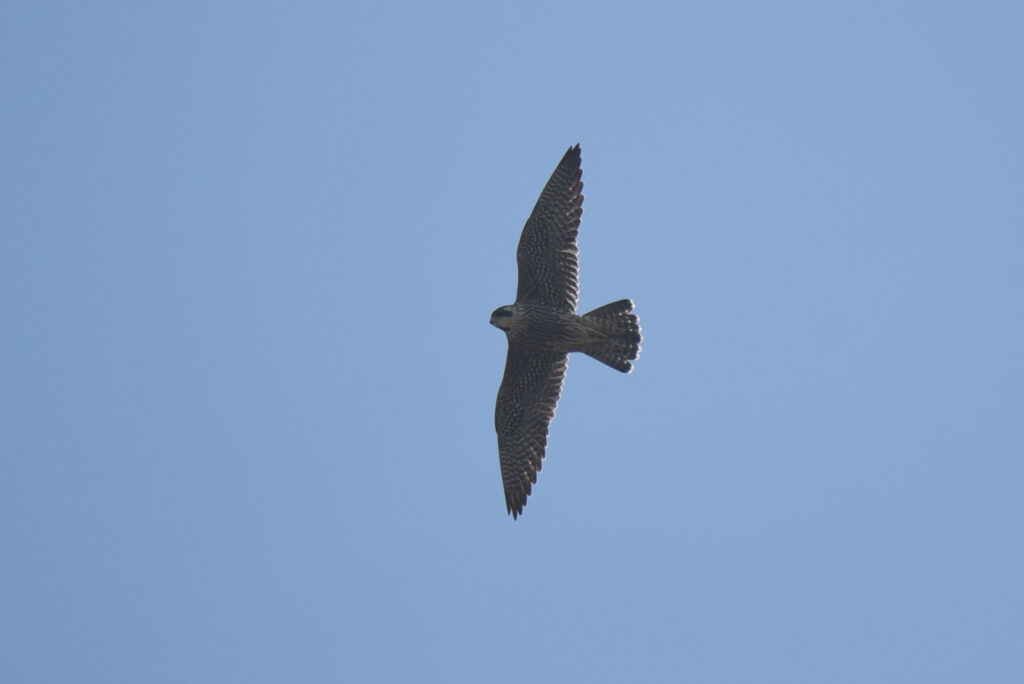
Peregrine Falcon. Photo by Aidan Place
Shorebirds were also the highlight of the first week with Baird’s Sandpipers spotted on two days and a Buff-breasted on a third. In addition, there was an incredible push of Cliff Swallows with dozens seen on multiple days and an incredible 236 counted on September 6th. In the context of a simultaneous Cliff Swallow invasion into the Canadian Maritimes, Iceland, and (most recently) the British Isles, this influx in Cape May makes for a fascinating datapoint.
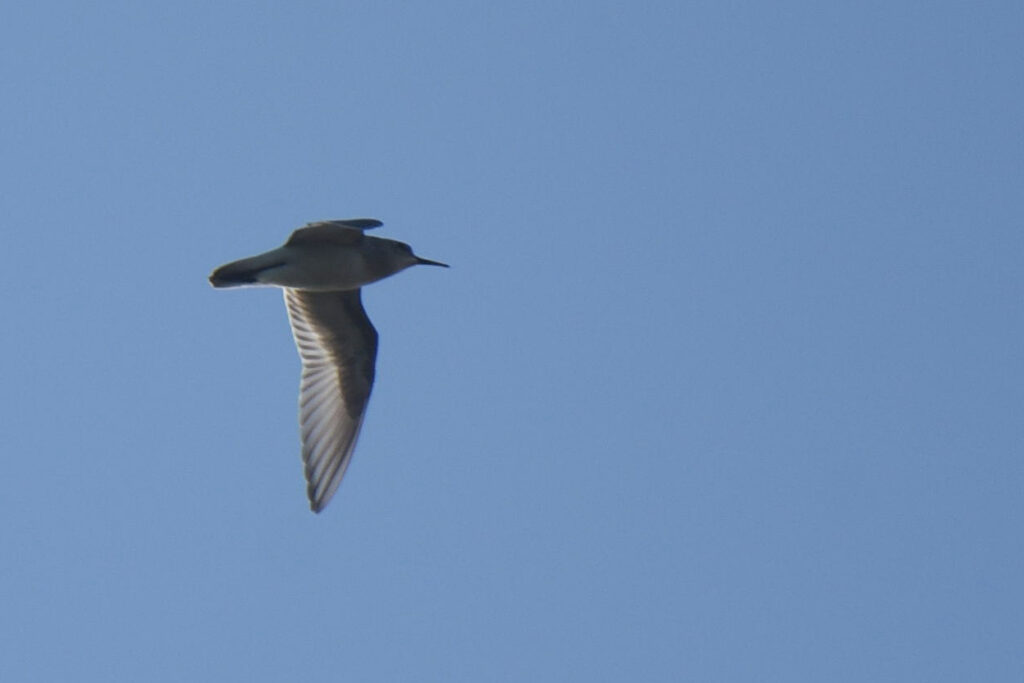
Baird’s Sandpiper. Photo by Aidan Place
Another highlight for me was spending time getting a sense for the count site and how birds move at Cape May Point. Especially early in the season it can be hard here to determine which birds to count as active migrants. For example, the biggest numbers of birds in the first couple of weeks are Osprey, a species that also breeds in large numbers locally with local birds often seen kettling and fishing at the various ponds around the point, greatly muddying the waters as to which birds are migrating. Bald Eagles, Red-tailed Hawks, and Turkey Vultures are another set of species which can be a challenge to determine what exactly individuals are up to and which individuals to add to the count. With behavioral observations playing a large role in determining “countability,” the first week was a great way for me to spend quality time watching birds and seeing how both local and migrant individuals act. The first week also helped me get my bearings on flight lines and where in my 360-degree view to look for birds and in which wind conditions. Being a relatively broad peninsula, Cape May can be a difficult hawk watch, and these hours of early study have already been paying off as the weeks go by and the migration picks up.
The second week of the season brought more sweltering temperatures and fewer favorable winds. Minimal movement was the scenario on most days. However, the week was not without its rare bird highlights, namely Yellow-headed Blackbirds seen on two mornings, a flyby Western Kingbird, and a Lark Sparrow spotted flying past the platform and then giving great looks at the dune crossing. In terms of raptors, Osprey continued to move in large numbers and Sharp-shinned Hawks picked up compared to the first week.
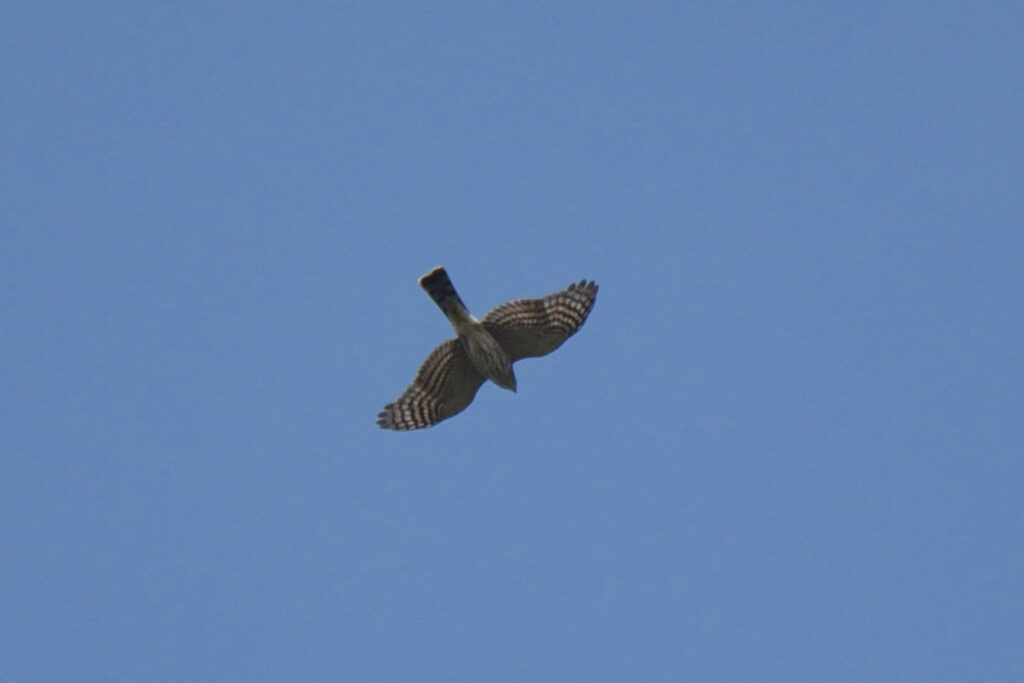
Sharp-shinned Hawk. Photo by Aidan Place
Finally, on the last day of the week, a cold front broke the humidity and brought cool temperatures and migrating birds. An excellent count of 283 American Kestrels, 207 Sharp-shinned Hawks, 88 Cooper’s Hawk, and 303 Osprey made for an incredible day. With the weather starting to feel properly like fall, hopefully this was a sign of the days to come!
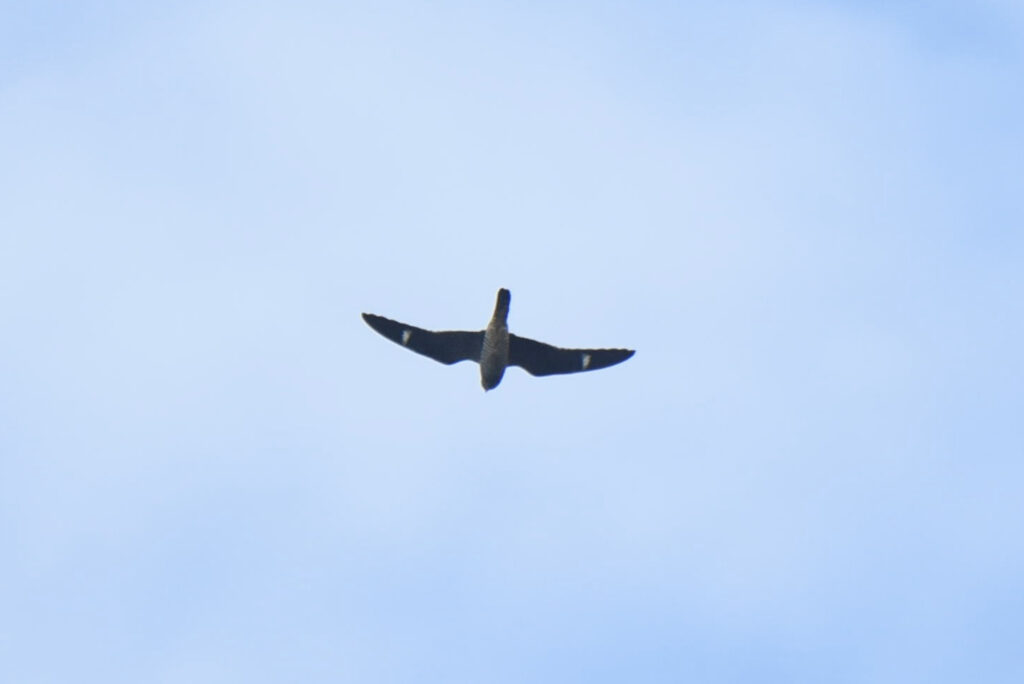
Common Nighthawk. Photo by Aidan Place
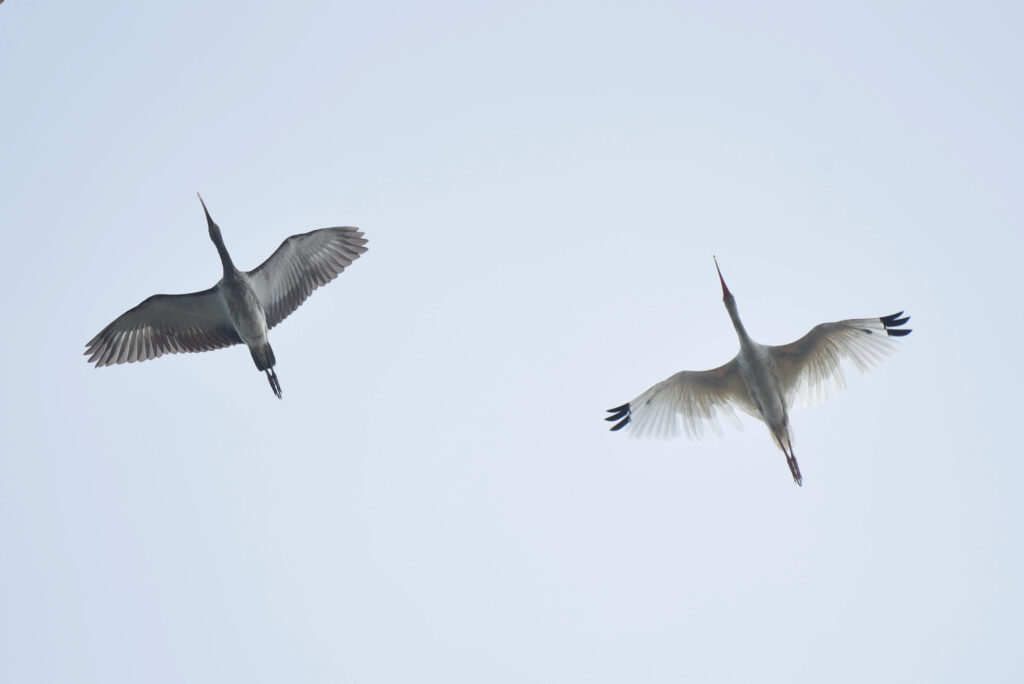
White Ibis. Photo by Aidan Place





